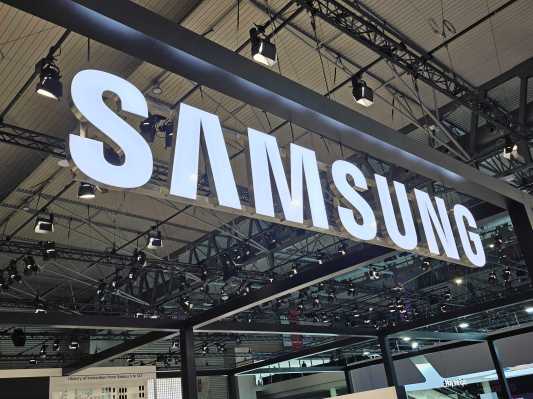Samsung cuts memory chip production as it hits worst quarterly profit since 2009

Samsung Electronics plans to cut back memory chip production as its operating profit in the first quarter of 2023 is expected to plummet about 96% from the previous year. This will be the lowest profit posted by the South Korean tech giant since Q1 2009.
The global macroeconomic slowdown, memory chip oversupply and sluggish demand have hurt its profit, the world’s largest memory chip maker said in its preliminary earnings release on Friday.
“Samsung is adjusting to lower its memory production to a meaningful level,” it noted. Samsung claims to optimize line operations to secure enough memory chip volume for future demand. The tech company added that it will continue to invest in infrastructure and research and development to strengthen its tech leadership in the industry.
Samsung is projected to post 600 billion won ($450 million) in quarterly profit from January to March, dropping around 95.8% from 14.12 trillion won in Q1 2022. While the company will release its results later this month, data compiled by Bloomberg suggests that analysts were expecting the company to post 1.4 trillion won quarterly profit for Q1. Its revenue is also expected to drop to 63 trillion won in the first quarter, from 77.78 trillion won a year earlier, the company said.
Earlier this year, Samsung said it would not slash its memory chip investment despite dwindling demand, hoping for a recovery of the memory chip market in the second quarter of this year. At the same time, its peers, such as Micron Technology, Kioxia and SK Hynix have cut their memory chip production to counter oversupply.
Samsung held the largest global market share of 40.7% and 31.4 % in DRAM memory chips and NAND flash memory, respectively, in the third quarter of 2022. The price of DRAM and NAND dropped approximately 20% and 15%, respectively, in the first quarter of this year, per a recent report by TrendFroce.
Samsung said last month it would spend about $230 billion (300 trillion won) on building five new memory and foundry fabs in South Korea over the next two decades — a big move in line with the government’s ambitious aim to set up a mega semiconductor hub in Yongin, on the outskirts of Seoul.
The company will announce a full financial statement at the end of April, including net profit and earnings by sector.

